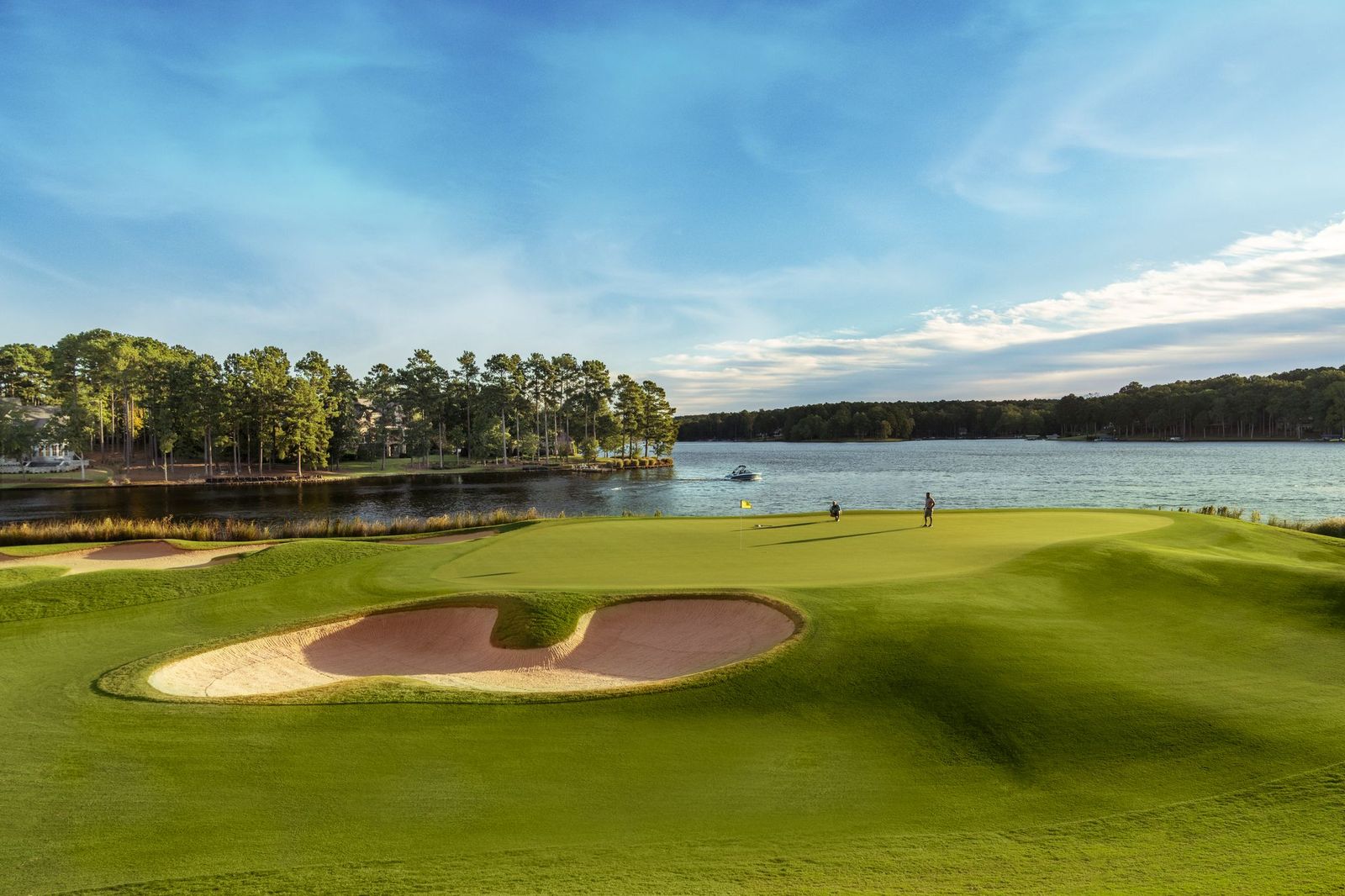Golf Course Contraction Is Finally Over
The second great contraction in the number of golf courses in the United States has officially ended, according to the National Golf Foundation (NGF).
After declining for 17 years (2006 to the present) for a net loss of about 2,200, 18-hole equivalent golf courses, or roughly 13% of the world’s richest national supply, the bleeding has stopped. That’s the sad tally.
However, the good news is that over that same period 550+ new 18-HEQ courses opened and the steep decline has ended. And in addition to the new courses:
- 1,500+ reconstructions and/or major renovations were completed
- 250+ golf courses were ‘resurrected’
Reynolds Lake Oconee, GA, for one example, will add nine more holes of golf to bring the community’s total to 126. The new nine will be built by Tom Fazio who will add the holes to his existing “Bluff nine” on The National course to create an entirely new 18-hole layout.
Only Pinehurst, SC, has more holes (171) and that resort community will up its total to 189 when it opens its No. 10 course next year.

Reynolds Lake Oconee & Tom Fazio are adding nine new holes.
Two Great Contractions, Three Major Expansions
Only twice in the history of golf in the United States has there been a sustained contraction in golf course supply. One period coincided with The Great Depression and the other (today’s) began with the implosion of the real estate market and was supercharged by The Great Recession.
In contrast, there have been three periods of sustained expansion of supply: the 1920s, 1960s and 1990s.
The Roaring Twenties, a period of affluence and aspirations, saw a steady increase in the number of private golf clubs catering to the Jay Gatsby’s of the time.
The Sixties, known mostly for its counterculture mien, saw the democratization of golf, when demand from a growing middle class drove the development of public courses across the nation.
Finally, there was the Nineties Golf Boom, fueled by real estate development and entrepreneurs trying to cash in on golf.
It took a World War to pull the nation out of the Depression and the post-war prosperity of the Industrial Era to end golf’s first contraction. The second ended due to the pandemic and the need for distanced social activity for which golf is ideally suited.
Golf’s Second Resurrection
With all the attention paid to year-over-year golf course closures during the recent contraction, it’s understandable that some observers characterized this recent retreat as a ‘death knell’ for golf. The NGF and other golf adherents have always seen it differently.
If you look at golf supply objectively, and with a longer view, it’s clear golf is in a better place today than it was when the current ‘supply correction’ began, says the NGF.
In addition, all the course reconstructions and ‘resurrections’ are not reported as new course development by NGF, even though a number of these are so comprehensive that, in essence, they’re entirely new courses.
A prime example is the former West Palm Beach Municipal Course. It closed in 2018 after falling into disrepair and condos were in its future. But the facility reopened this spring as a golf park at the city-owned site. It was overhauled by Gil Hanse and is operating on a non-profit basis by the PGA of America, breathing new life into the city game.
Good for the Game & Golf Business
So, the NGF says that now when someone asks you if golf is going to survive, tell them the supply contraction we’ve just gone through was necessary and good for the game and business of golf.
Provide the context that golf had added almost 5,000 18-HEQ over the 20 years leading up to the correction, and from a long-term perspective, the “sport is now net positive in supply.”
The NGF also points out that in addition to an improved supply/demand balance, there is a higher quality supply of courses and the courses are, overall, in better financial shape than ever.
And in another positive trend for the future of golf, more than 1,000 off-course facilities, such as golf entertainment and simulator venues, are drawing new participants to the game. The future of the game is looking bright, indeed.
Editor’s Note: Information and statistics cited herein are provided by the National Golf Foundation. The entire original article, written by the NGF’s Joe Beditz, can be found here.





